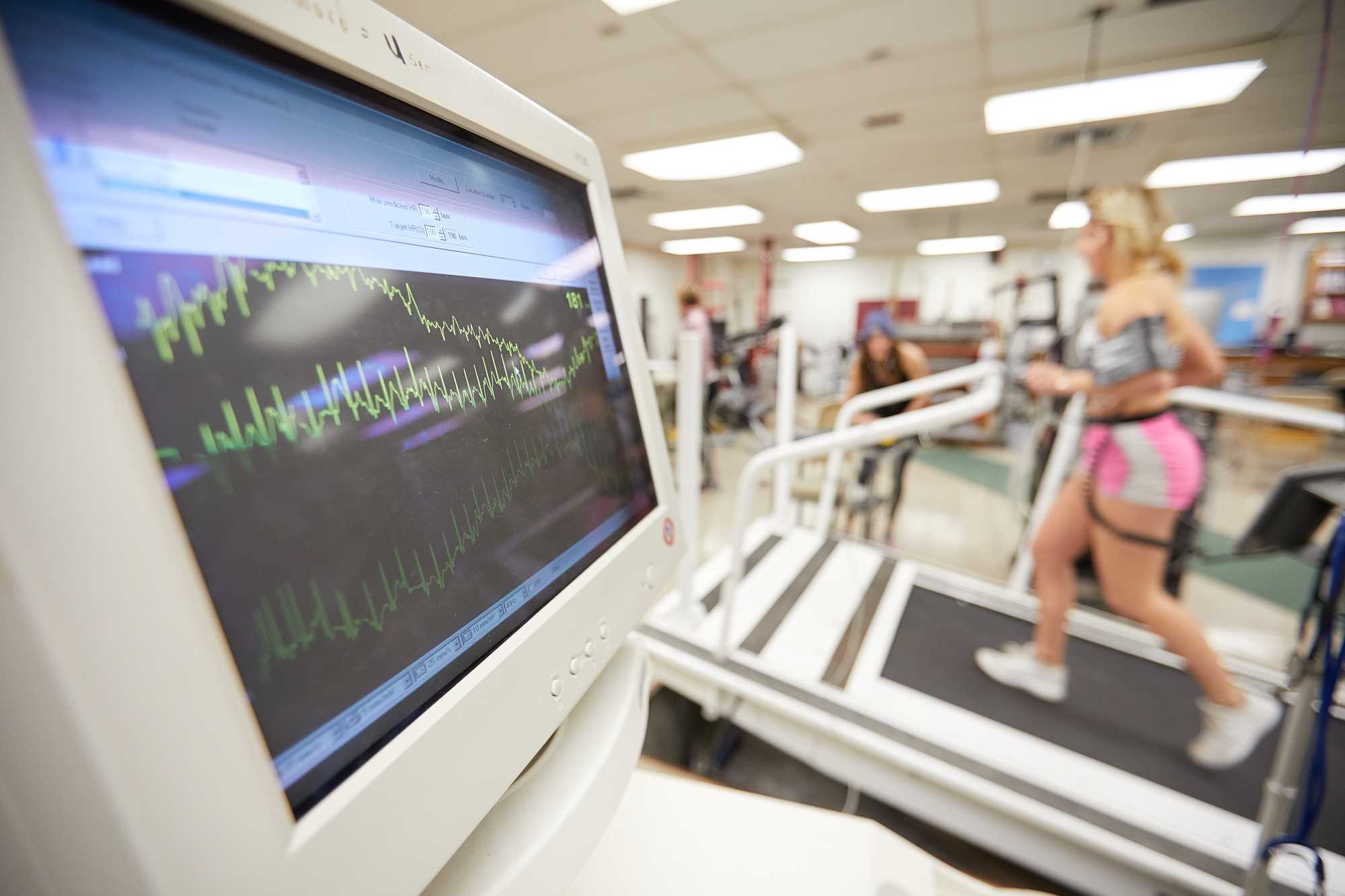
Pre-Physical Therapy program
Help make recovery goals a reality.
A factory worker with an injured back. An athlete with a sore shoulder. An elderly individual with arthritis. A child with a disability. Physical therapists work with a wide variety of people recovering from injury or disease, helping to improve their quality of life.
Coursework
- General Biology (BIO 105)
- Some PT programs require a second "general biology" course - consult each program's website for direction; UWL's PT Program does not require a second semester of "general biology"
- Anatomy & Physiology I & II (BIO 312 & BIO 313)
- General Chemistry I & II (CHM 103 & CHM 104)
- College Algebra (MTH 150) required for CHM 103
- Elementary Statistics (STAT 145) or Mathematical Models in Biology (MTH 265)
- Fundamental Physics I & II (PHY 103 & PHY 104)
- General Psychology (PSY 100)
- One other Psychology or Sociology course (Sociology sometimes required)
Pre-Physical Therapy is NOT a major at UW-La Crosse. It is a statement of your intention to apply to PT programs. You will still need to select a major to complete a degree at UWL. Make your intention to pursue a career in Physical Therapy official by adding it as an "intended pre-professional track."
Declaring a Pre-PT track will help you determine common requirements for PT programs in our region. However, each program's requirements vary. When selecting coursework, it is important to consult the websites of the programs to which you plan to apply.
Many professional schools do not accept prerequisite courses that have been taken online or at non-U.S. institutions; AP, IB, AICE, and community college credit policies vary by school/program.
Physical Therapist Centralized Application Service (PTCAS) provides a GPA calculator.

What is a physical therapist?
When an individual is recovering from injury or disease, the physical therapist evaluates and directs the recovery process to relieve pain, make them stronger, and help them to regain use of an affected limb. Physical therapists then teach patients and their families what to do so that healing continues through self-care at home.
Physical therapists also promote wellness and injury prevention. They teach the importance of personal fitness and explain how to prevent injury at work or at play. As an integral part of a healthcare team, physical therapists have an opportunity to make a positive difference in people's quality of life.
For more information on the PT profession, visit the UWL graduate Physical Therapy Program website and the American Physical Therapy Association (APTA).
Grow through experience
Many programs will expect applicants to have experience observing the profession, and hours should be tracked carefully as you accrue them.
Try to observe PTs working within a variety of settings (ex. in-patient/out-patient) and with different populations (ex. elderly/athletes). Some programs will note specific requirements, such as number of hours or settings observed.
Some programs, such as UWL and UW-Stevens Point do not require observation hours.
Any care-related experience where "touch" is involved is a good idea, paid or unpaid. This will help improve your comfort level working closely with people.
Visit the Student Physical Therapy Club's page on MyOrgs to learn more about the advantages of being involved and when they meet.
Learn more by watching this video.
Prepare to apply
To learn about the various programs where you might apply, the PT Program Directory is a good place to start. Always then consult the individual programs' websites for the most accurate and up to date information.
Keep track of your programs' prerequisites, requirements, and various details using a spreadsheet such as this one.
Some programs will require the GRE exam. Learn more about standardized testing.
PTCAS typically opens in June, with varying deadlines over the following ten months. PTCAS clearly lays out deadline information here. Each program starts their review of applicants at different times. For example, UWL begins reviewing applicants in August.
Most programs will require up to four people to write letters on your behalf, sometimes with restrictions on who can be a letter writer. See information on each program's requirements.
Most PT programs participate in the centralized application system "PTCAS", where you can submit most or all of your applications.
- The admission "cycle" usually starts in June, and you'll need to consult each programs' website for application deadlines.
- The importance of GPA varies from program to program, but a strong GPA is expected.
- Many programs list their admitted students' data on their website (ex. UWL); when not listed, you can often request the info by simply calling or emailing the program.
- Here's a detailed look at what PT school applicants look like across the country.






